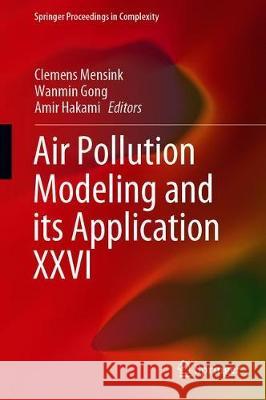Air Pollution Modeling and Its Application XXVI » książka
topmenu
Air Pollution Modeling and Its Application XXVI
ISBN-13: 9783030220549 / Angielski / Twarda / 2019 / 490 str.
Air Pollution Modeling and Its Application XXVI
ISBN-13: 9783030220549 / Angielski / Twarda / 2019 / 490 str.
cena 726,29 zł
(netto: 691,70 VAT: 5%)
Najniższa cena z 30 dni: 693,97 zł
(netto: 691,70 VAT: 5%)
Najniższa cena z 30 dni: 693,97 zł
Termin realizacji zamówienia:
ok. 22 dni roboczych
Bez gwarancji dostawy przed świętami
ok. 22 dni roboczych
Bez gwarancji dostawy przed świętami
Darmowa dostawa!
Kategorie:
Kategorie BISAC:
Wydawca:
Springer
Seria wydawnicza:
Język:
Angielski
ISBN-13:
9783030220549
Rok wydania:
2019
Wydanie:
2020
Numer serii:
000463532
Ilość stron:
490
Waga:
0.92 kg
Wymiary:
23.39 x 15.6 x 3.02
Oprawa:
Twarda
Wolumenów:
01
Dodatkowe informacje:
Wydanie ilustrowane











